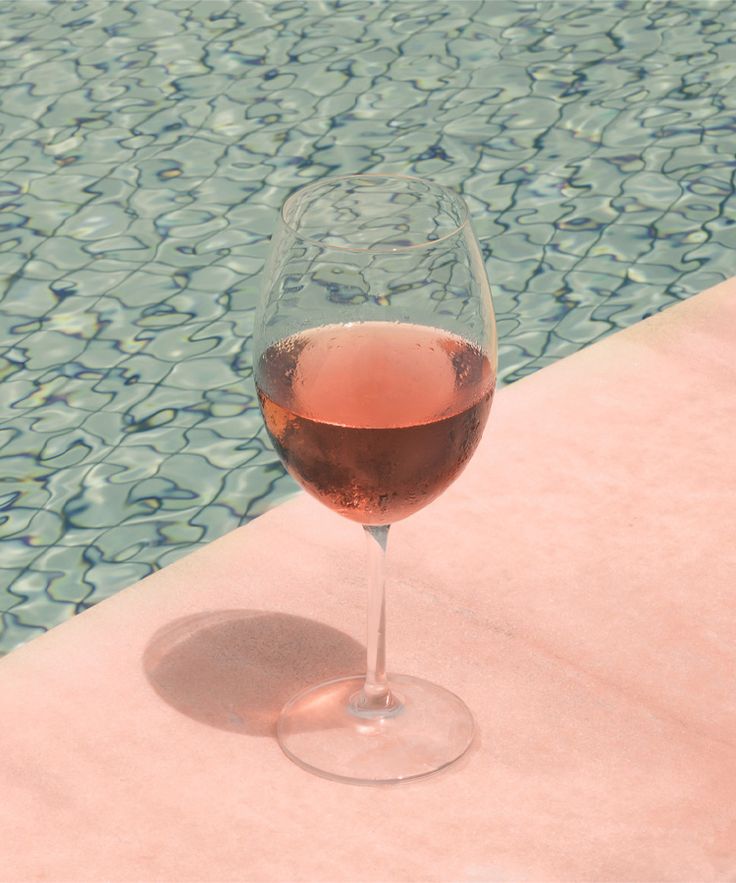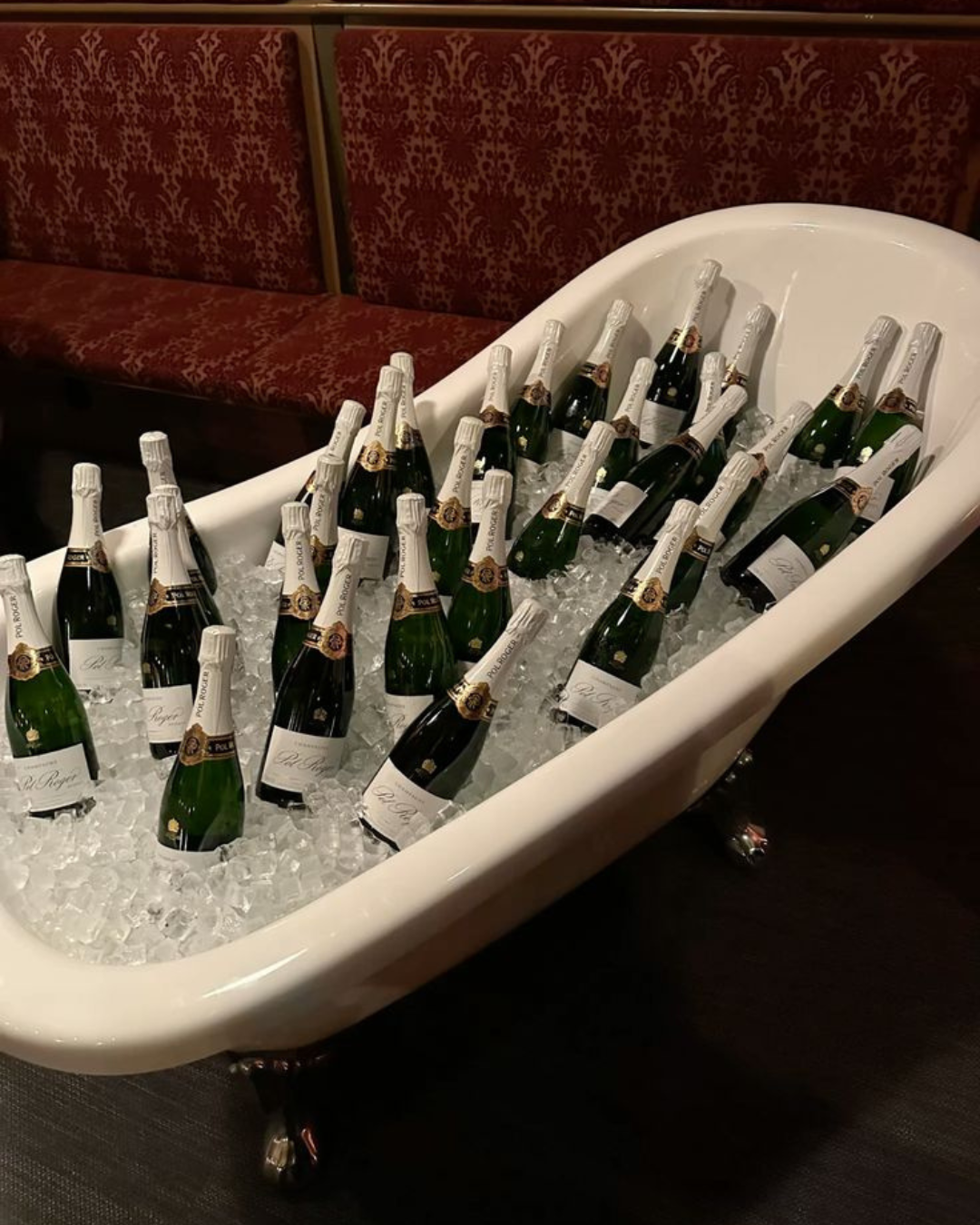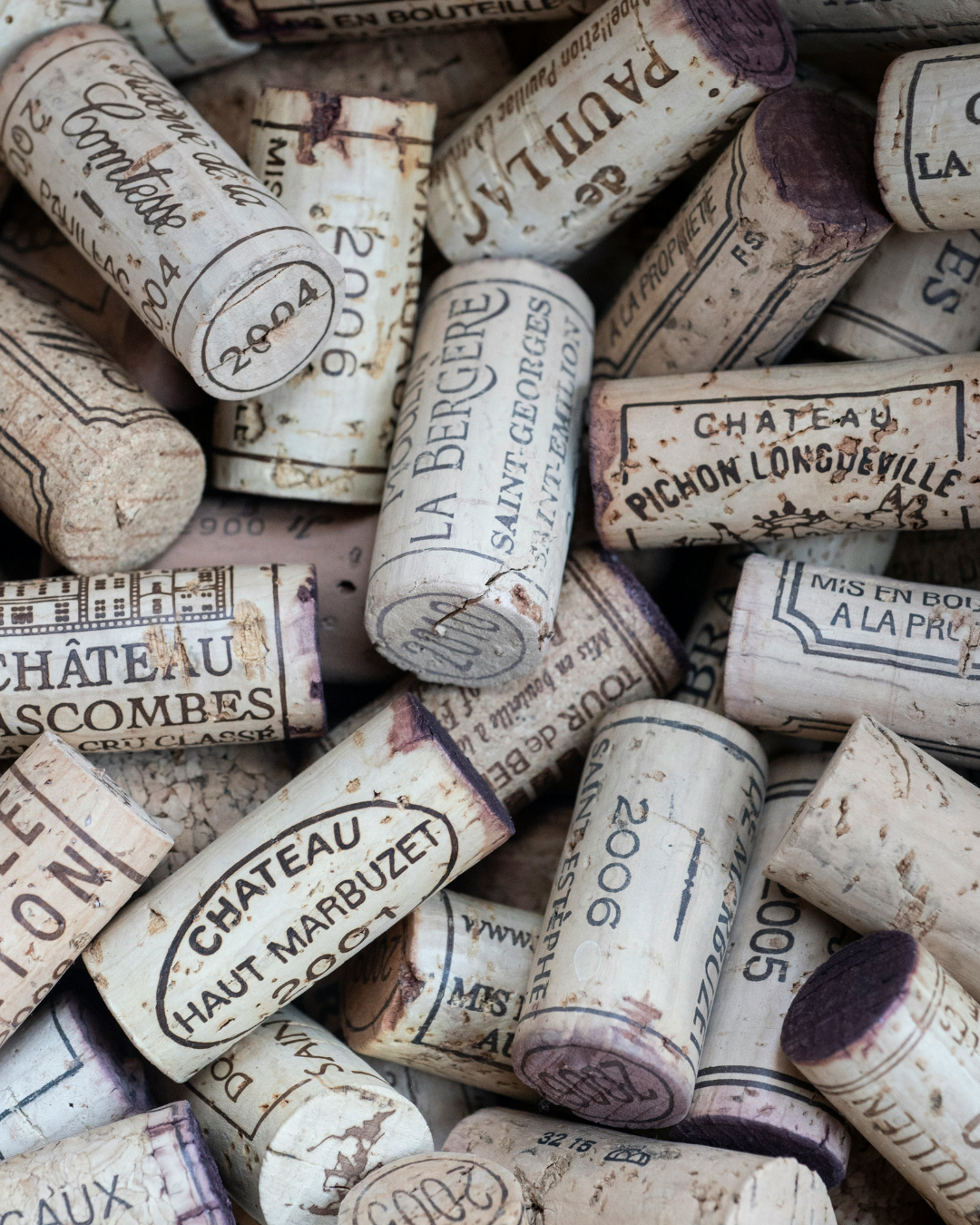
Why rosé wine finally deserves to be taken seriously ?
For too long, rosé has been confined to summer aperitifs and casual barbecues, carrying the reputation of a light, easy, almost forgettable wine. But behind its seductive hue lies a world of serious bottles, crafted from exceptional terroirs and worthy of fine dining tables. It's about time we elevate rosé to the rank of a true great wine.
1. No, Rosé Is Not Just a Mix of Red and White
One of the biggest misconceptions is that rosé is simply a blend of red and white wine. Wrong. Its color actually comes from a short maceration of black grape skins in the juice before fermentation.
💡 Three main winemaking methods:
✔️ Direct pressing → The grapes are pressed immediately after harvest, producing a very pale, delicate rosé.
✔️ Short maceration → The skins remain in contact with the juice for a few hours, giving the wine more color and aroma.
✔️ Saignée method → A portion of the juice is "bled off" from a red wine fermentation, creating a deeper, more structured rosé.
In short, rosé is a real wine—not a random mix thrown together at the last minute.
2. Rosé Can Be Light… But Also Complex and Age-Worthy
Forget the pale, easy-drinking summer rosés for a moment. Some rosés have real depth, structure, and aging potential—and they deserve a place at the dinner table.
🔥 Rosés with serious character:
- Tavel (Rhône Valley) → Bold, structured, almost tannic, perfect with roast lamb or Mediterranean dishes.
- Bandol (Provence) → Made from Mourvèdre, this rosé gains complexity with age, pairing beautifully with a bouillabaisse or veal chops.
- Marsannay Rosé (Burgundy) → A Pinot Noir-based rosé with finesse and structure, great for white meats or saucy fish dishes.
💡 Takeaway: Some rosés are meant to be enjoyed young, while others can develop remarkable depth over time.
3. Provence Isn’t the Only Region That Matters
Provence dominates the rosé market, and for good reason—its fresh, aromatic style has conquered the world. But limiting rosé to just this region means missing out on some truly exceptional alternatives.
✔️ Other top regions for rosé:
- Loire Valley (Cabernet d’Anjou, Sancerre Rosé) → More vibrant, mineral-driven rosés, perfect for a refined aperitif.
- Southwest France (Fronton, Irouléguy) → Fuller-bodied, fruit-forward rosés with great balance.
- Languedoc (Pic Saint-Loup, Collioure) → More intense, sometimes barrel-aged rosés, perfect with spicy dishes.
💡 Takeaway: Each region brings its own signature, so it’s worth exploring beyond Provence.
4. Rosé Pairs with More Than Just Tomato-Mozzarella Salad
A great rosé isn’t just for casual sipping. Thanks to its freshness and structure, it pairs beautifully with a wide range of dishes.
🍽️ Surprising food pairings:
- A crisp, mineral-driven rosé (Sancerre, Côtes de Provence) → Oysters, sushi, grilled fish.
- A more structured rosé (Tavel, Bandol) → Grilled meats, spicy dishes, Mediterranean cuisine.
- A lightly sweet rosé (Cabernet d’Anjou) → Asian dishes, fruity desserts.
💡 Takeaway: There’s a rosé for every dish—you just have to find the right match.
5. Yes, Some Rosés Can Actually Age
Not all rosés are meant to be consumed immediately. Some can develop complexity over time, gaining spicy, nutty aromas and more depth.
✔️ Examples of age-worthy rosés:
- Bandol → Thanks to Mourvèdre, this rosé can evolve beautifully for 5–10 years.
- Tavel → Deeply colored and intense, it holds up well over time.
- Certain Languedoc rosés → When well-made, they age gracefully.
💡 Takeaway: Rosé isn’t just about youth—some bottles reward patience.
Conclusion: It’s Time to Respect Rosé
✔️ It’s not just a summer wine, but a serious category with history and depth.
✔️ It can be light, but also bold, complex, and even age-worthy.
✔️ It pairs with way more than just salads—think grilled meats, seafood, and even spicy dishes.
If rosé has long been underestimated, it’s time to change that. So, who’s bold enough to pair a Bandol rosé with a rich, slow-cooked dish? 🍷
👉 Discover our selection here.



Leave a comment
This site is protected by hCaptcha and the hCaptcha Privacy Policy and Terms of Service apply.